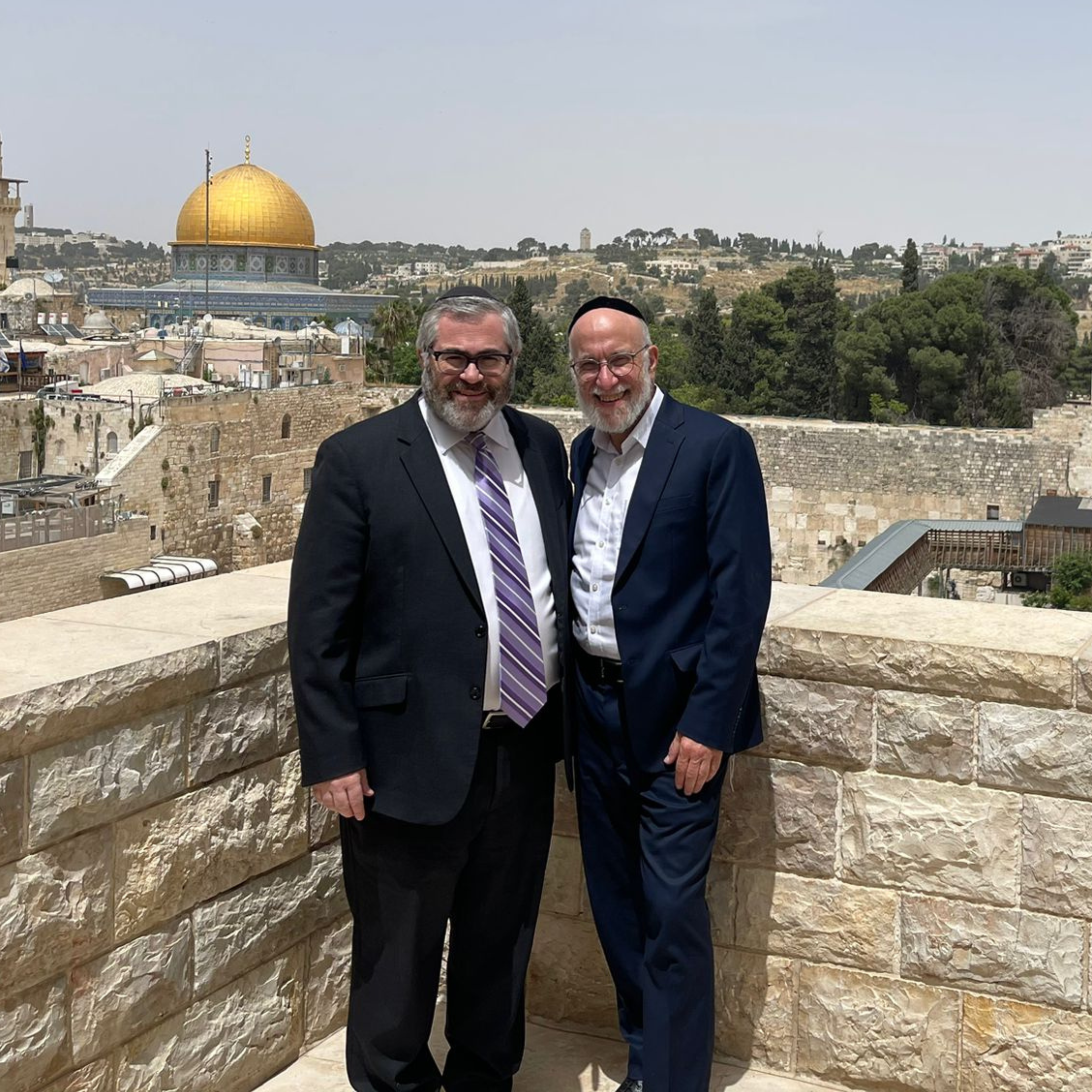After designating the Jewish People as Hashem’s representatives to the rest of humanity, Hashem tasked us with building Him a home, symbolizing our mission of molding the world to earn His presence.
We can now move forward with the Torah’s account of the Mishkan. The rest of Terumah and Tetzaveh describe the parts of the Mishkan that need to be built, as well as the begadim of the Kohanim who will be serving in said Mishkan. Ki Sisa, up next, opens with another appeal to the nation, this one being mandatory rather than voluntary:
When you raise up the heads of the Jewish People according to their countings, and each person must give a redemption for his soul to Hashem when you count them… This shall they give — all who pass by for the counting — a half shekel of the holy shekel. The shekel is twenty geirah; half of such a shekel should be donated to Hashem. All who pass by for the counting from the age of twenty and up will give this donation to Hashem. The rich shall give no more and the poor no less than half a shekel, to give this donation to Hashem as a redemption for their souls. And you shall take the redemption money from Bnei Yisrael and give it to the work of the Ohel Moed, and it will be for Bnei Yisrael as a memorial before Hashem as a redemption for their souls.1
Chazal explain that the half shekel described here was collected from every man above the age of twenty2 and used to make the sockets that held up the walls of the Mishkan.3 The same mitzvah would apply to future generations, except that going forward, the money collected was placed in a chamber in the Mikdash and used for communal sacrifices.4
There are a number of difficulties here. First, while it is clear that part of the goal of this is to count the people, the Torah has a very strange way of presenting it: “Ki sisa es rosh Bnei Yisrael — When you raise up the heads of the Jewish People.” Why describe donating money as “raising up heads”? Second, what is the significance of the incredibly specific amount which is mandated — half a shekel, which is defined as ten geirah? Third, how does the money serve as a “redemption for the souls” of the people?
Only He Who Gives Is Counted
Rav Samson Rephael Hirsch suggests a powerful perspective on this section:
“The Sanctuary is not an institution which has to be erected and then stands there once for all and thereafter its work can be carried on by priests, but [rather] that its purpose can not be achieved without the constant ever fresh and lively participation of the nation. And, equally so, that the importance of each individual, and of the nation as a whole, only consists in the contribution which is made individually and collectively, towards making the Sanctuary of the Torah achieve its practical realization…
The moment someone is counted among pekudei Bnei Yisrael, he learns to value himself as a ben Yisrael; this awakens in him a sense of self-worth, and he sees himself as the embodiment of his nation. At that moment, he is called upon to learn an important lesson…
Only he who gives and contributes is counted; only he who gives and contributes gains the right to his own continuance; only he who contributes as required of him gains a rightful place among his fellow creatures, who have been crowned by God with life, and gains a rightful place in the community of his nation.5
The message conveyed by the shekalim is: You become part of the nation when you give to the nation. Symbolically, each person is called on to contribute everything he has (ten geirah, ten symbolizing completion), while also recognizing that he needs others to complete him (half a shekel, waiting to be completed with another half). Rather than seeing the community and its institutions as places to take from, the mitzvah of shekalim redirects every member of the community to think about what they can give in order to strengthen and contribute to the community. No matter how rich or poor a person might be, the machatzis ha’shekel speaks to them the same: dedicate everything you have, a complete ten geirah, to the mission of the Mishkan, and recognize that you need your fellow’s ten geirah to complete your own half-shekel.
This type of idealism is more often found among children and teenagers, those who don’t have to face the realities of supporting a family and making a living. Rav Hirsch points out, though, that they are not the ones the Torah calls on to donate their shekalim. Instead, the Torah addresses those who are mi’ben esrim shanah va’malah — those who are above twenty years old, already mature and dealing with the responsibilities and realities of life. Rather than allowing each person to be consumed by their individual concerns, the Torah directs them, specifically from the age of twenty and up, to rededicate themselves yearly to the upkeep and functioning of the Mishkan.6
At this point in the Torah, this is just an idea, a theory, a directive Hashem gave to Moshe; the next step is to actually apply the idea to real life. And that is exactly what follows.
Tzvi Goldstein graduated from Yeshiva University with semichah and a degree in Psychology. After making aliyah, he taught in Yeshivat Hakotel for five years and now edits sefarim for a number of publishers. He recently published a sefer with Mosaica Press called Halachic Worldviews, exploring Rav Soloveitchik’s approach to developing hashkafah from halachah, and writes at tgb613.substack.com. You can reach him at goldsteintzvi@gmail.com.
1 Shemos 30:12–16.
2 Rashi to Shemos 30:14.
3 Rashi to Shemos 30:15.
4 See Sefer Hachinuch, Mitzvah 105.
5 Commentary to the Torah, Shemos 30:11-12.
6 While the mitzvah of giving a half shekel only applies during the time of the Beis Hamikdash (see Rambam Sefer Hamitzvos, Mitzvas Asei 171), a number of sources indicate an echo in the laws of tzedakah, which fits perfectly with Rav Hirsch’s understanding of the mitzvah as stressing the importance of giving back to the community. See the Ritva and Meiri to Bava Basra 9a, d.h. l’olam al yimna, as well as She’iltos d’Rav Achai Gaon 64.











